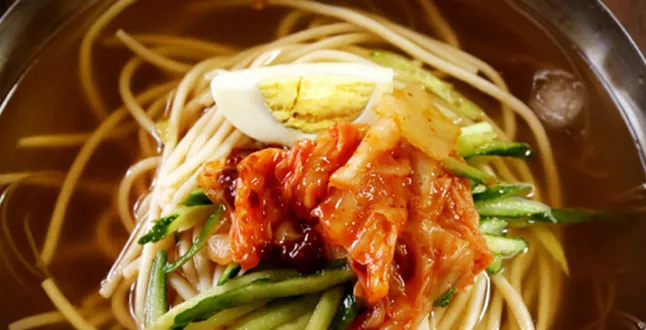japanese cold buckwheat noodles
The Delight of Japanese Cold Buckwheat Noodles
Japanese cold buckwheat noodles, known as soba, are a beloved staple in Japanese cuisine that have captured the hearts and palates of food enthusiasts around the world. This traditional dish not only offers a unique aesthetic appeal but also provides a wholesome and refreshing eating experience, especially during the hot summer months. In this article, we will explore the origin of soba, its health benefits, preparation methods, and the cultural significance it holds in Japanese society.
Origins of Soba
Soba noodles are made from buckwheat flour, which is naturally gluten-free and rich in nutrients. The history of soba dates back to the Edo period (1603-1868), where buckwheat was cultivated in the mountainous regions of Japan. It was often used as a staple food due to its hardiness and nutritional value. Over time, soba became popular throughout the country, evolving into various regional specialties.
Health Benefits
Soba noodles are not only delicious but also packed with health benefits. Buckwheat is a great source of high-quality protein, containing all the essential amino acids necessary for the body. This makes it an excellent choice for vegetarians and health-conscious individuals. Additionally, buckwheat is rich in dietary fiber, which aids in digestion and promotes a feeling of fullness, making it beneficial for weight management.
Moreover, consuming soba can have positive effects on cardiovascular health. Buckwheat is known to lower cholesterol levels and improve blood circulation due to its high content of flavonoids and antioxidants. These properties can contribute to reducing the risk of heart disease, making soba a heart-healthy option.
Preparation and Serving
japanese cold buckwheat noodles

The preparation of cold soba is a skillful art. To make soba, the buckwheat flour is mixed with water and kneaded into a dough, which is then rolled out and cut into long, thin noodles. These noodles can be enjoyed either hot or cold, but the cold version is particularly popular during summer.
To serve cold soba, the noodles are boiled until tender and then rinsed under cold running water to remove excess starch and to cool them down. They are typically served chilled on a bamboo mat or in a bowl, accompanied by a dipping sauce known as tsuyu, which is made from a mixture of soy sauce, mirin, and dashi. It is common to garnish the soba with toppings such as sliced green onions, wasabi, or grated daikon radish for added flavor.
Cultural Significance
Soba holds a significant place in Japanese culture and cuisine. It is often eaten during celebrations, such as New Year’s Eve, where it symbolizes longevity and prosperity. The tradition of eating soba on this occasion is known as toshikoshi soba, which translates to “year-crossing noodles.” It is believed that consuming soba helps to let go of the hardships of the past year and embrace new beginnings.
In addition, soba has a social aspect, as it is commonly enjoyed in casual settings with friends and family. Soba restaurants, called sobar, are often bustling with activity, as patrons gather to savor this delicious dish. Many regions in Japan celebrate their own soba festivals, showcasing local variations and culinary expertise.
Conclusion
Japanese cold buckwheat noodles, or soba, are more than just a meal; they represent a rich cultural heritage intertwined with health and tradition. Their versatility, nutritional benefits, and deep-rooted historical significance make soba an essential part of Japanese cuisine. Whether enjoyed in a bustling soba shop or prepared at home for a family gathering, these delightful noodles continue to bring people together, offering a refreshing taste of Japan with every bite. As you explore the world of Japanese cuisine, don't miss the opportunity to indulge in the delightful experience of cold soba.
-
Unleash Your Inner Chef with Delectable Italian Pasta CreationsNewsAug.01,2025
-
Savor Health and Flavor: Irresistible Soba Noodles for Sale Await!NewsAug.01,2025
-
Nourish Your Body with Premium Organic Ramen - A Culinary Delight AwaitsNewsAug.01,2025
-
Elevate Your Dishes with Our Exquisite Kinds of Egg NoodlesNewsAug.01,2025
-
Dive into Flavorful Convenience with Our Ramen OfferingsNewsAug.01,2025
-
Discover Exquisite Types of Naengmyeon and Chilled Soba NoodlesNewsAug.01,2025
-
Is Whole Wheat Pasta Healthy?NewsMay.30,2025
Browse qua the following product new the we

















































































































